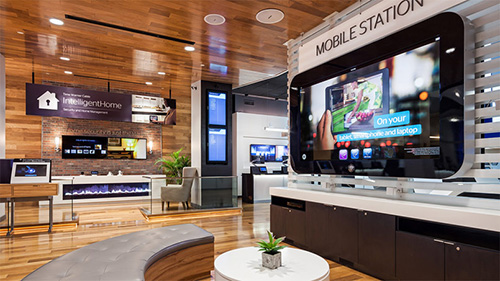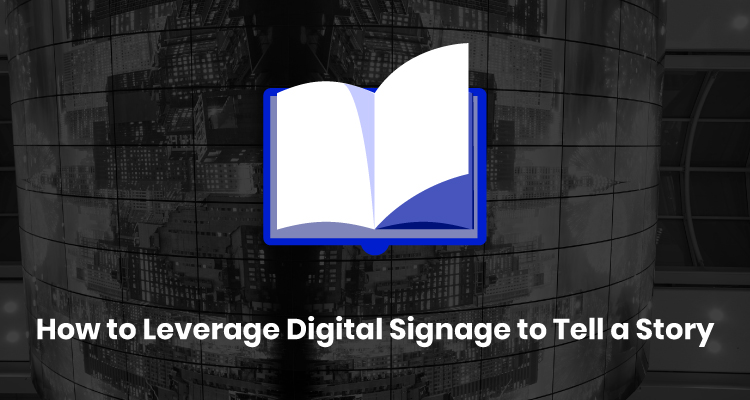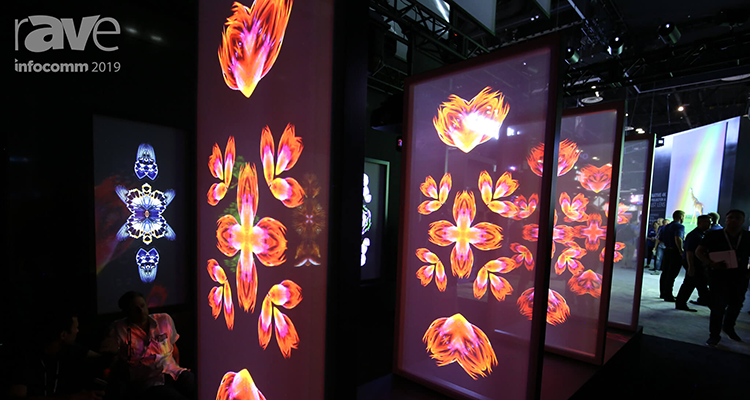Four Key Factors to a Good Interactive Experience
By Jessica Glynn
Marketing, Reality Interactive

Are you considering adding digital touch-points to your retail location? It’s not enough to just add an interactive experience, the experience needs to be done right.
But what separates good interactive experience from not-so-good interactive experiences? Just like any other retail design project, there are four key factors to consider.
Does it fit in the environment?
The environment the interaction will be going in is the first thing that needs to be considered. The amount of space for this interaction being one of the most important factors. The 90 inch tablet we put in the Time Warner Cable Flagship Store is a great showpiece, and touch-point, but in a small store it may be overwhelming at best, but physically impossible, at worst. What about the enclosure design? Will it fit seamlessly into the environment, stand out just enough to attract a customer, or clash entirely? This must be considered before you can begin designing.
Other environmental factors that are important to consider include:
- Sound: How you integrate sound will depend largely on the environment. Maybe your installation is in a busy mall, where you want extra sound to attract customers. Maybe it’s in a hospital where sound is disruptive and inappropriate. Sound is frequently an after-thought, but should be considered before you develop content.
- Lighting: Is your installation inside or outside? An indoor installation may not have as many lighting factors to consider. However, an outdoor installation will suffer from sun-glare issues. It will also need to light up well enough to be used in the dark.
- Protection: Is also more of a factor for outdoor installations. If the interaction is in an area where it can be rained on, for example, the installation will need to be water-proof. Will it only be used seasonally? If so, consider making it portable so it can be put away during the off-season.
Strategic Placement
Related to environmental considerations are that of placement. The installation must not be placed in a way where it will interrupt traffic or obstruct visibility in a retail environment. You also generally wouldn’t want to tuck your installation away in a corner where it won’t attract any attention. If you want customers to slow down and stop when they see your installation, you’ll want to put it in a high transit area.
However, there is a caveat. If the transaction being performed is of a sensitive nature, like a financial transaction, your customer will feel more comfortable if the installation is placed in a more private area.
Understanding Your Customer
You probably know, from the perspective of your business, what you hope to achieve from the interactive experience. But before you can move forward with a plan, you must consider what’s in it for your customer. How will this experience attract a customer and make them want to interact? Consider a kiosk. A great kiosk is a kiosk people want to touch. But what makes them want to touch it? They have an objective that the kiosk will help them accomplish in an efficient way. Think of some of the most popular kiosks:
Airport kiosks help customers get through check-in faster, which helps to improve the quality of their experience. The kiosks can print out their boarding pass and get them to the security check-in faster.
Self check-out kiosks help customers skip waiting in line at grocery stores. Instead of waiting for a cashier to ring them out, the customer does the work themselves. This also means they have to bag their own groceries, but they are active in this process instead of just standing in line. This reduces their perception of time lost in line.
ATMs are great because they mean customers can get cash out of their bank account during non-business hours. But customers still use ATMs even during business hours. Perhaps, removing a human from their financial transaction feels more secure. But even taking that out the equation, ATM lines just move faster. There’s no bank teller to make small talk with or check you identification. Many banks even have drive through ATMS so customers don’t even have to get out of their cars.
A good interactive experience will cater to the masses, not just a niche group. You must consider the needs of your customer and if this experience will be accessible for them. To decide this, you must understand the demographics of your customers. If your customers served skews older, you will need to use a font that is large enough for them to read. If your customers tend to prefer to speak a language other than English you should give them the option to select their language before proceeding.
Keeping the Content Relevant
A consumer will quickly dismiss a message if it doesn’t relate to them. So your content needs to be relevant.
Consider what you are trying to communicate to your customer. This is where content comes in. The content that you use will need to not just attract your customer, but also keep their attention. Content is not just the words you use, but also how you present them. User interface design is an important part of your message. If the way the installation works is unclear to the customer, then they will not be able to understand your content.




